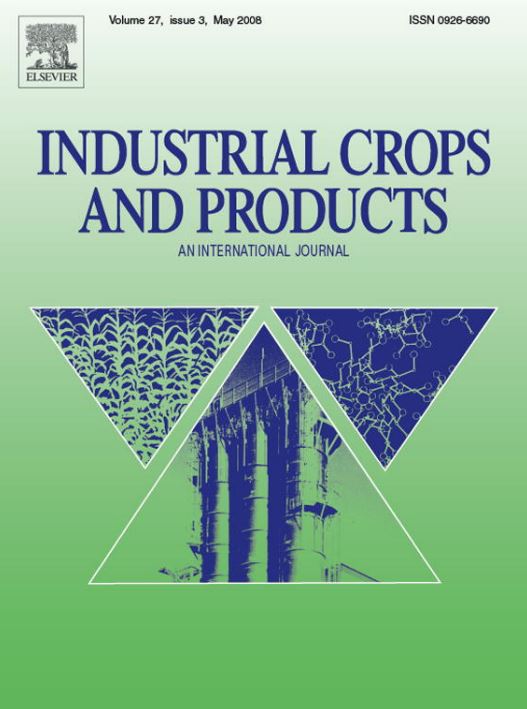Abstract
Indoor-grown Cannabis sativa is commonly transitioned to a 12 h daily photoperiod to promote flowering. However, our previous research has shown that some indoor-grown cannabis cultivars can initiate strong flowering responses under daily photoperiods longer than 12 h. Since longer photoperiods inherently provide higher daily light integrals (DLIs), they may also increase growth and yield. To test this hypothesis, two THC-dominant cannabis cultivars, ‘Incredible Milk’ (IM) and ‘Gorilla Glue’ (GG), were grown to commercial maturity at a canopy level PPFD of 540 µmol·m−2·s−1 from white LEDS under 12 h or 13 h daily photoperiods, resulting in DLIs of 23.8 and 25.7 mol·m−2·d−1, respectively. Both treatments were harvested when the plants in the 12 h treatment reached maturity according to established commercial protocols. There was no delay in flowering initiation time in GG, but flowering initiation in IM was delayed by about 1.5 d under 13 h. Stigma browning and trichome ambering also occurred earlier and progressed faster in the 12 h treatment in both cultivars. The vegetative growth of IM plants in the 13 h treatment was greater and more robust. The inflorescence yields were strikingly higher in the 13 h vs. 12 h treatment, i.e., 1.35 times and 1.50 times higher in IM and GG, respectively, which is 4 to 6 times higher than the relative increase in DLIs. The inflorescence concentrations of major cannabinoids in the 13 h treatment were either higher or not different from the 12 h treatment in both cultivars. These results suggest that there may be substantial commercial benefits for using photoperiods longer than 12 h for increasing inflorescence yields without decreasing cannabinoid concentrations in some cannabis cultivars grown in indoor environments.




